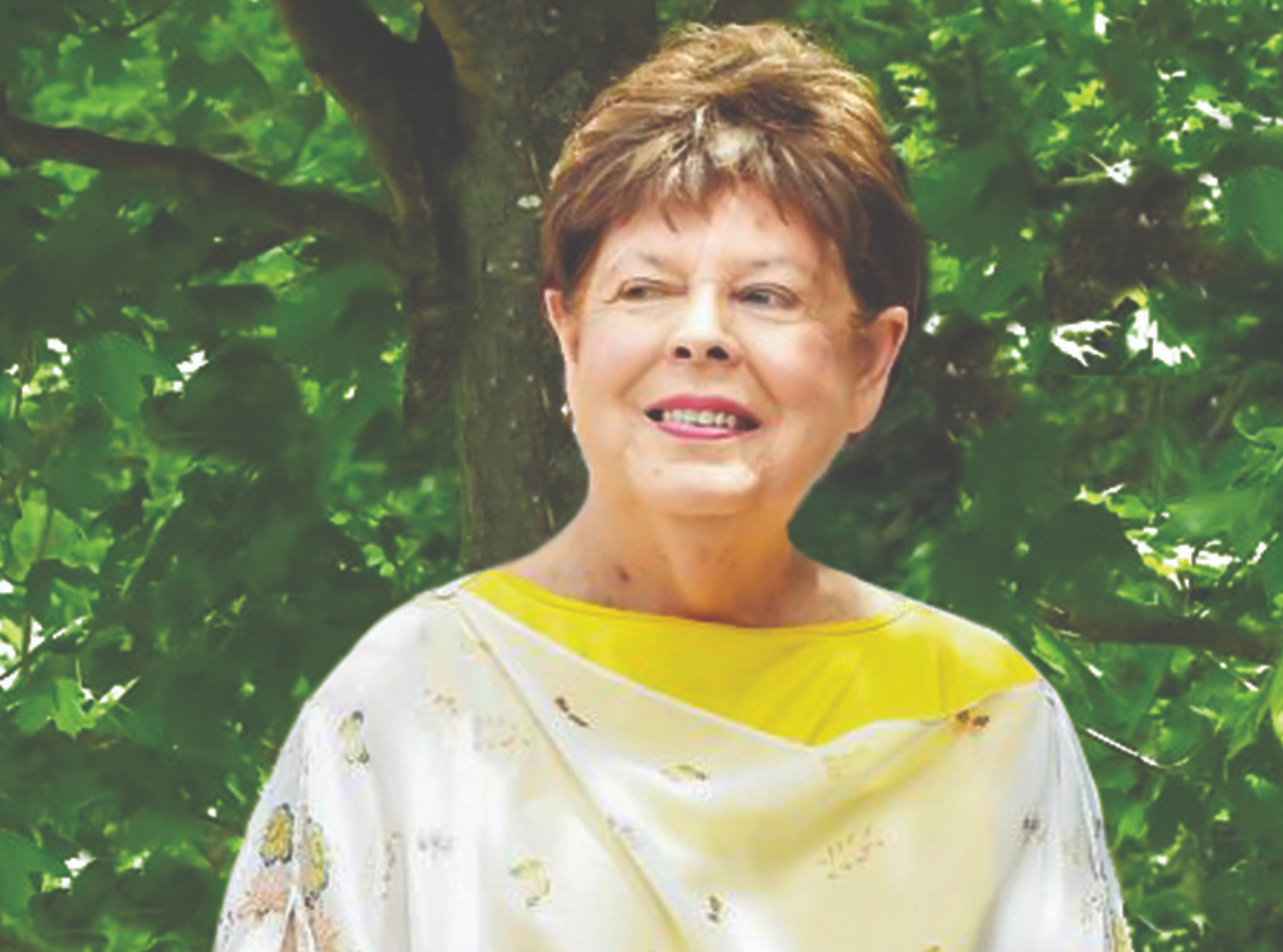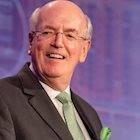Glenna Wallace joined the Eastern Shawnee Tribe on Thanksgiving Day when she was born in her family’s log cabin home in Ottawa County, Oklahoma. Though she was Native American by blood, she and her four siblings were not exposed to traditional Indian culture. Like most Native American tribes, after suffering years of forced migration following the U.S. Government’s Indian Relocation Act of 1830, many of the Eastern Shawnee Tribe’s cultural practices went dormant.
For much of Wallace’s early childhood, the family lived in a two-room home on her grandmother’s allotment—a portion of tribal reservation land. “We were poor as could be, but my siblings and I didn’t know it. The lack of money didn’t matter to us,” said Wallace. “We were a happy family.”
Though both of her parents were extremely intelligent, neither completed high school. Lead and zinc mining in Ottawa County provided a good source of income for the family. At that time, drinking liquor was part of the mining culture, so much of her father’s paycheck was spent at the local tavern. “Dad was an incredibly hard-working individual,” said Wallace. “Unfortunately, he was addicted to alcohol. In an effort to get away from the hard-drinking environment, he cashed in his miner’s settlement in search of a better life for our family.”
With cash in hand, Wallace’s father bought an old flatbed farm truck, put up trusses and tossed a tarpaulin over it. The family set out for the west coast in search of work.
As migrant workers, they traveled from place to place picking crops. It was then that Wallace became acutely aware that her Native American heritage made her different. “We were not only Okies and Indians, but also migrant workers. How much would a teacher expect us to know or be in class? Their expectations were low, and I was placed in remedial classes,” remarked Wallace.
All members of her family were responsible for bringing home a paycheck. Wallace and her siblings attended school when possible, but the realities of migrant work meant they missed a great deal of classroom instruction. However, hands-on learning took place as they worked the fields—identifying the different types and quality of produce--picking, sorting, measuring, and counting along the way. Wallace recalls the experiential learning in the fields far exceeded the education she received in the classroom during those years.
Her parents gave each child a daily goal to cover their share of the family paycheck. Anything they made over and above their assigned quota, they were allowed to keep for themselves. “I must’ve been the greediest little girl there ever was because I wanted that extra portion. Consequently, that meant I was never satisfied with doing only what was expected of me. I wanted to accomplish as much as possible.”
After three years of life as migrant workers, her father developed tuberculosis of the spine and the family returned home to the two-room cabin in Oklahoma. He had surgery and was told he would never walk again. He defied the odds by learning to walk but was unable to return to work.
Wallace remembers vividly that he never said a word when she and her siblings visited him at the hospital. Instead, he wept because he knew he was no longer able to provide for his family. “I was 12 at the time,” said Wallace. “I remember looking at my dad on the gurney as he cried. He had to have been in such mental anguish. I knew my mom didn’t have an education. I knew we didn’t have crops to pick like we did in California. I knew we were going on welfare. And I knew my mother had no other choice. That was a pivotal moment for me. I didn’t know what I wanted to do with my life, but I knew I wanted options. Education became my priority that day.”
Wallace went on to become the first in her family to earn a high school education. Later, she earned both a college and post-graduate degree. She worked at Crowder College in Neosho, Missouri, for nearly 40 years, serving as an instructor, department chair, division chair, director of travel and interim academic dean. During her tenure, she taught more than 25,000 students and traveled to more than 70 countries.
Wallace had to once again rely on her ability to overcome adversity when she received the first of two breast cancer diagnoses in 1990. “Just as I was never ashamed of being Native American or a migrant worker, I was never ashamed of my breast cancer diagnosis. I had to have a mastectomy. I quickly reached the conclusion that nothing of value was inside my breast—not my IQ, not my sense of humor, not my drive to succeed. Nothing was in there except my ego and I have control of that,” said Wallace. A third bout with cancer, this time cervical, was again no match for her tenacity.
In 2006, Wallace achieved notoriety when she was elected as the Eastern Shawnee Tribe’s first-ever female chief, a role she still retains today. Under her leadership, the tribe has experienced transformational change, which has resulted in exponential economic growth and expanded educational opportunities for tribal members.
Wallace also serves as member of KCU’s Board of Trustees, an appointment she has held since 2017. Her experience as a three-time cancer survivor influenced her decision to serve on the Board. She hopes that by serving, she can help shape future physicians who will care for other women facing their own cancer battles.

_20241122021724.png?w=140&h=140)

_20240923141139_0.png?w=140&h=140)
(0) Comments